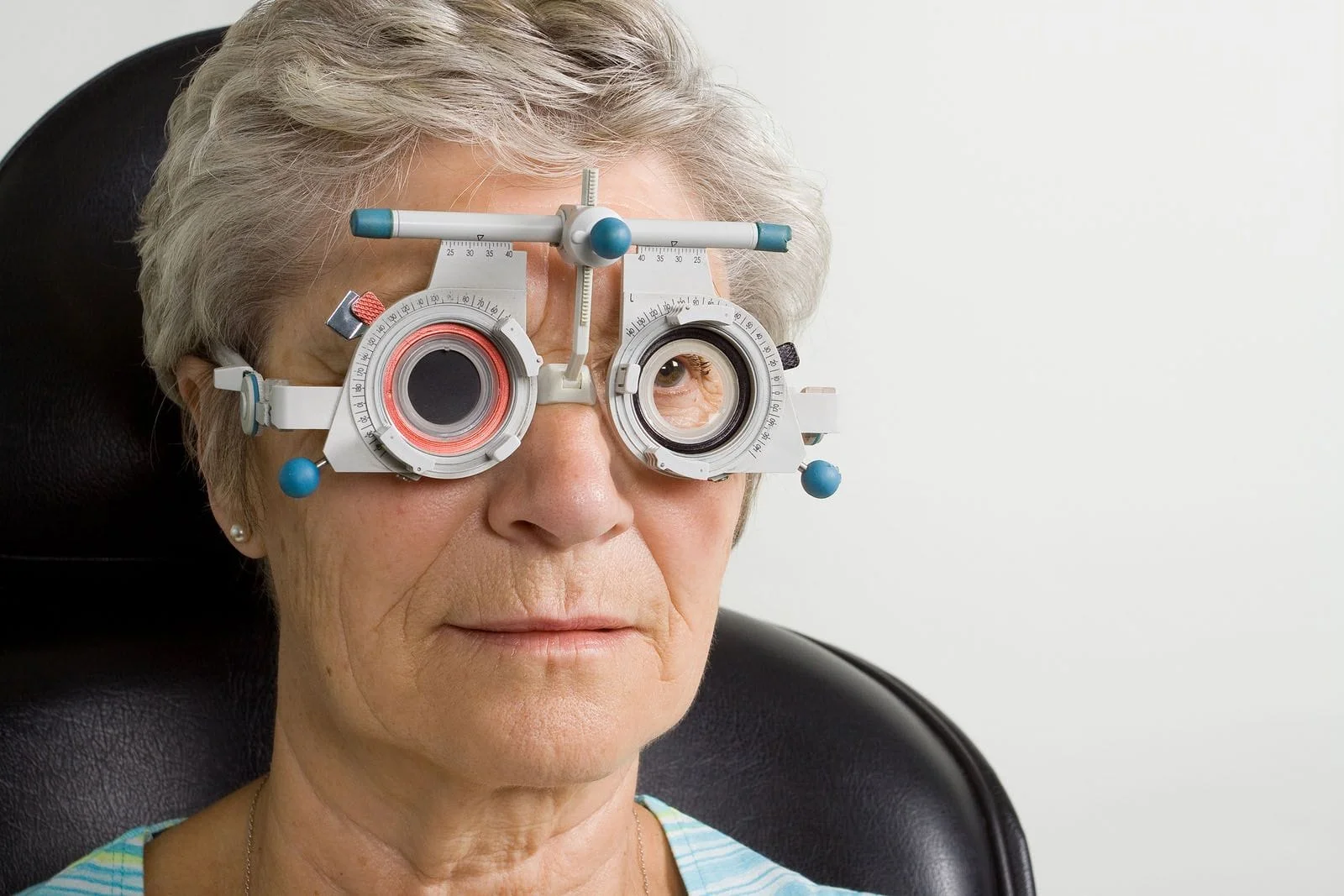If you have diabetes, regular eye exams are essential to the well-being of your vision. It may be tempting to skip visits if your eyes are not bothering you, but this is generally a mistake. Many conditions that are more common in diabetics can be treated in the early stages but can lead to blindness if they are not caught soon enough.

Conditions such as glaucoma, cataracts, and diabetic retinopathy are all more common in people with diabetes. They are all progressive conditions, and early detection can allow your doctor to offer more types of treatments. Well-controlled blood sugar reduces but does not eliminate the increased risk that diabetics have for these conditions.
What to Expect at Your Next Optometry Visit
If you have just been diagnosed with diabetes, or if you have been putting off going to see the eye doctor, you may not know what to expect at a diabetic eye exam. Most exams will begin with a routine vision screening like any you might have had in the past. There are a few tests that are typically used on people at increased risk for certain conditions, however.
Cataracts are usually visible during the routine screening. Drops that widen the pupil of the eye may be used to allow the doctor to see inside the eye more easily. This procedure is routine because it checks for other visual conditions as well as cataracts. A special lamp and an ophthalmoscope are the most commonly used tools for looking into the eye. Both appear as just a bright light to the patient.
Glaucoma is tested for by measuring the pressure in the eye. This is either done by applying a drop of anesthetic and then lightly touching the eye with a device called a tonometer, or by using a machine that blows a puff of air into your eye. This may make you jump, but it doesn't hurt. If your eye doctor suspects glaucoma, they will use a combination of the intraocular pressure reading and any reduction in your vision to make their diagnosis. Left untreated, glaucoma damages the eye in irreversible ways. However, treatment can be used to lower the pressure in your eyes and prevent this damage.
The main way that diabetics are different from the general population is their risk of a condition called diabetic retinopathy. This condition is caused by high blood sugar levels, which causes damage to the blood vessels in the eyes. This may result in inflammation or bleeding. Inflammation is common in the earlier stages and may cause blurry or otherwise deteriorating vision. Blood that leaks into the eye may cause large amounts of floaters or even block vision entirely. Diabetic retinopathy is treatable through several methods, but it is important to catch it early in order to achieve the best result.
Eye 1st Vision Center Offers Diabetic Eye Care in Sandy Springs, GA
Eye 1st Vision Center is located in Sandy Springs, GA, and also offers treatment and screening to diabetic patients in the Marietta, Roswell, Atlanta, and Brookhaven areas. Expert eye care at our vision center can help diagnose any ocular conditions at an early, more treatable stage. To schedule your comprehensive diabetic eye exam, call (404) 252-1702 today.
